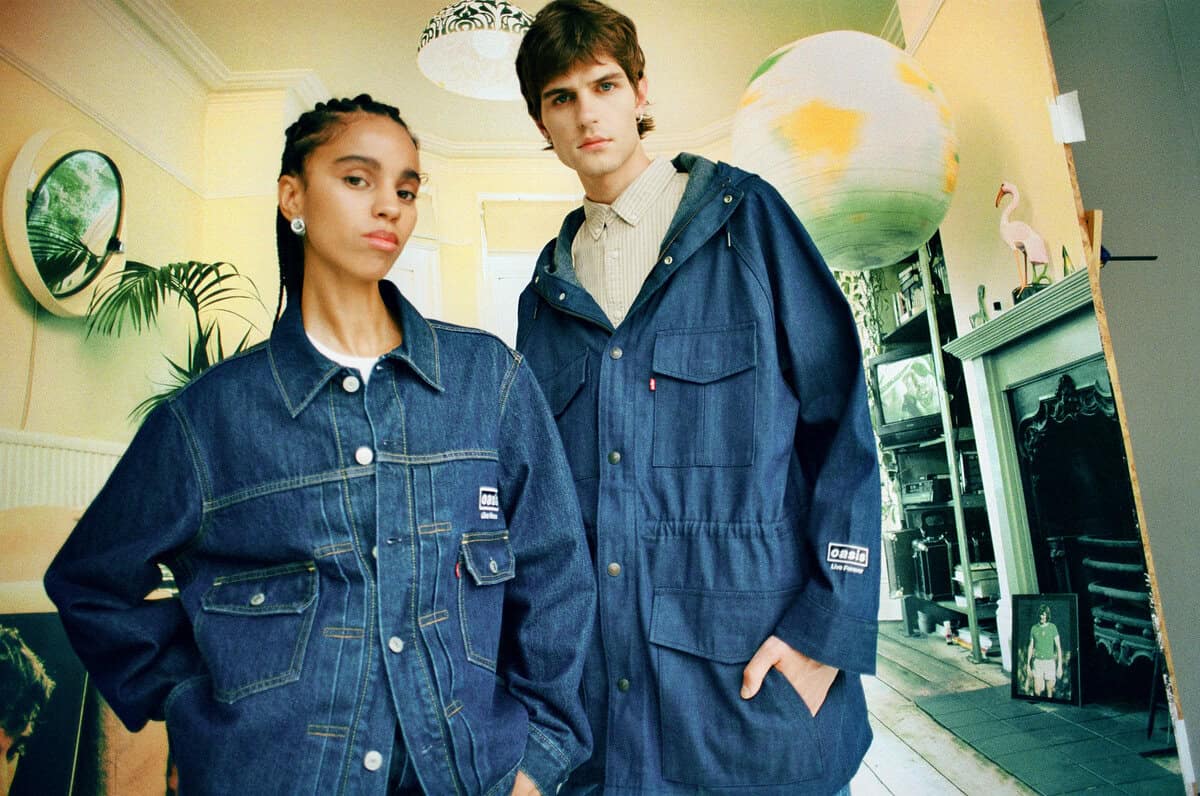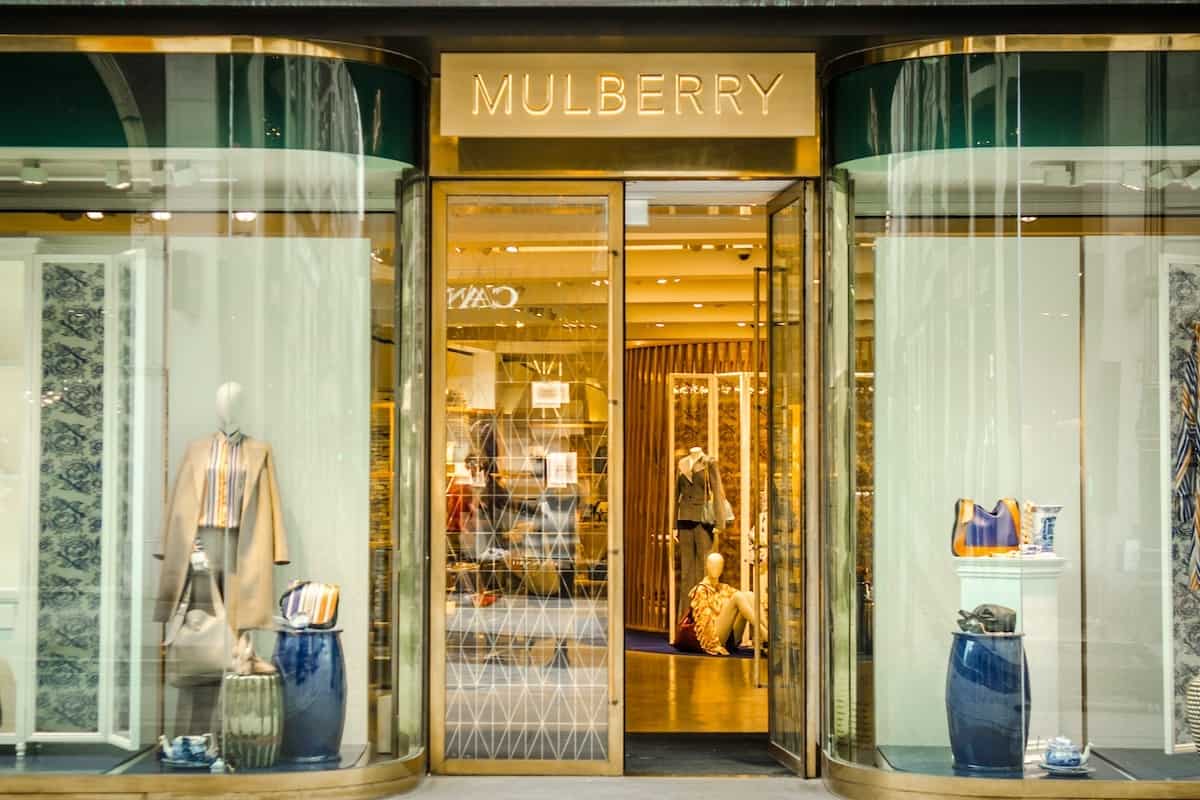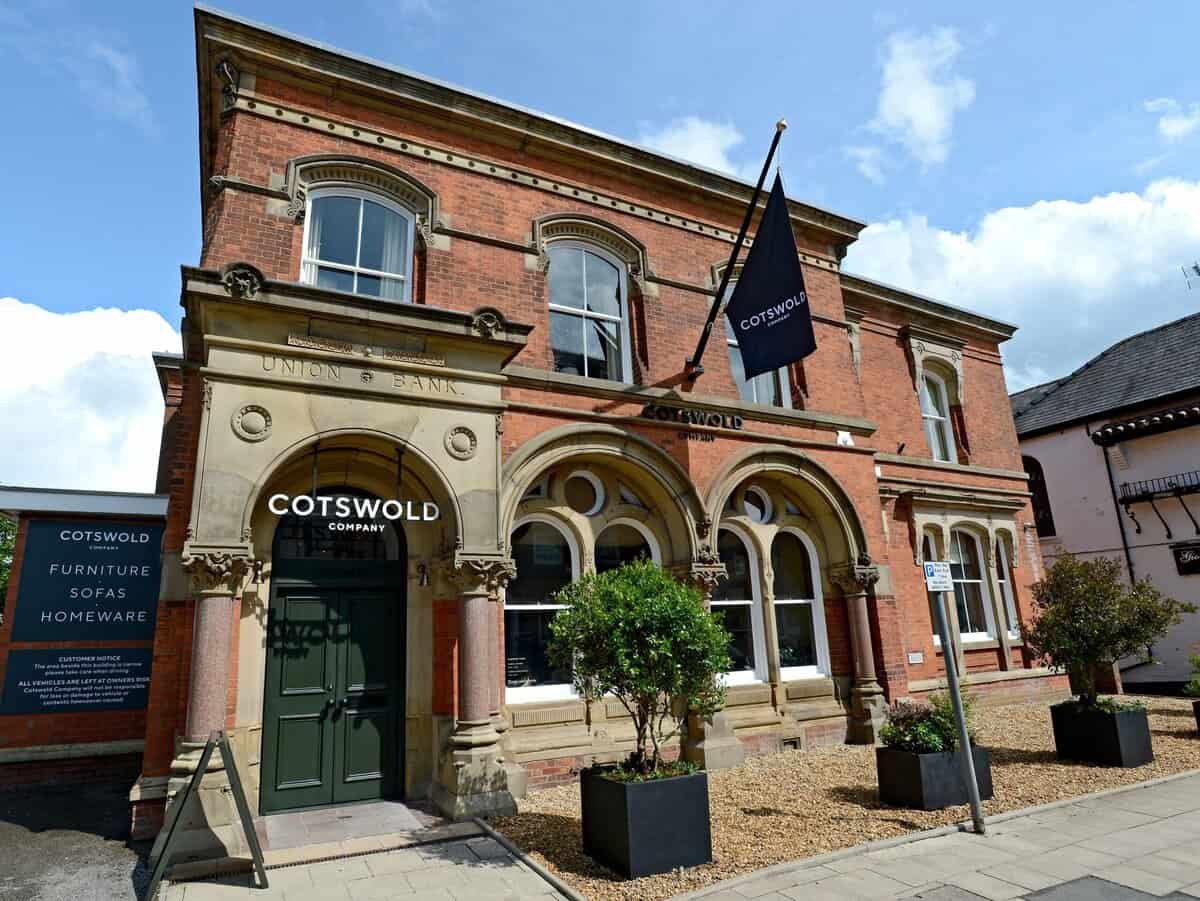UK retailers are continuing to set their sights on overseas markets but European retailers don’t plan to make it easy for them to move in on their territory. Emma Herrod spoke to Jérôme Cochet, Senior Vice President Sales, Zalando, about the German retailer’s rise to online fashion supremacy on the continent.
While the UK retail industry leads Europe in terms of omnichannel maturity, it is into continental Europe that the ecommerce industry is now looking to expand. Germany, in particular, is growing in importance to UK e-retailers as its population embraces online shopping both in the country’s expanding home market and across borders with UK brands.
However, each national market has its own home-grown online retail leaders which are also taking a global approach and expanding continent-wide. One such is German retailer Zalando.
Founded in 2008 as an online shoe retailer, it had big plans from the start. Fuelled by investment from the European power house of startup ventures, Rocket Internet, Zalando’s ambition was to become the leading fashion retailer in Europe. Its first website, which sold shoes to the domestic market from the company’s headquarters in Berlin, achieved a turnover of €6m in its first year.
Through 2010 and 2011 Zalando expanded into clothing and accessories and launched its own private label ranges to increase share of wallet before moving into new geographic markets.
The company now prides itself on its fashion offering “of style and choice” and provides 150,000 styles from 1,500 brands which it sells on its 15 country sites across Europe. These branded products account for 84% of Zalando’s sales. This is supplemented by its own private label offering developed by 250 in-house designers and product managers.
“Brand is a key success factor,” says Jérôme Cochet, Senior Vice President, Sales, Zalando, explaining how awareness of the brand is high in its markets and keeps it top of mind amongst customers.
The brand offering is also one of the areas in which Zalando localises its sites because, as Cochet explains, they have to stock the key names that customers are expecting to find in each country.
ZALANDO IN FIGURES
16 domains
12 languages
iOS and Android apps in all 15 markets
40+ logistics partners
>20 payments methods
50% returns rate across all categories
GROWING PAINS
Expansion has not been without its problems, especially when you factor in the phenomenal speed at which Zalando has grown over the past six years. It now serves 14 million customers in its 15 markets and posted its first profit in August 2014, before an IPO in October.
The e-retailer’s customer proposition is built around convenience: it offers free delivery, free returns, free customer service. “It is all about customer satisfaction at the end of the day,” Cochet says.
From the very start, the company wanted to make fashion shopping convenient for Europe’s consumers. Convenience, though, meant being simple, and in order to expand from its original German market the company had to ask itself some fundamental questions, explains Cochet. These were:
1. How could it be relevant to consumers and brands?
2. How could it be fast?
3. How could it manage complexity?
To be relevant and fast, Zalando decided that it had to act as a global brand, enabling it to maintain speed and manage complexity. But to continue to be simple and relevant for individual customers, it had to localise for each market. “If we wanted to become the number one online fashion destination, it was clear that we had to localise and we had to be relevant in what we do,” explains Cochet.
So Zalando replicated its strengths in the German market and transferred them to new countries. A country manager was given responsibility for each new market with a country team responsible for local marketing, purchasing, technology and so on.
Zalando runs a backbone ensuring the underlying operations are scalable and excellent and simply phases out the last step that is visible to the customer
However, this devolved organisational setup led to internal conflict; while it enabled the firm to be very fast and for each team to have ownership of their domestic market and customer proposition, it meant that they were all competing in the same internal market for the same resources. Cochet explains that IT pipeline became the holy grail of success with the success of each country manager hinged on their ability to manage the IT pipeline.
He acknowledges that, whilst this enabled the company to expand rapidly, it also led to complications; the operating system becomes immensely complex when it has to deal with 15 different markets across Europe and multiple touchpoints. Cochet explains: “It’s easy to lose yourself in complexity immediately and not be very strong anymore at what you do in the respective touchpoints.”
However, as the company transitioned from the business development stage into a more established retail position, its organisational structure had to become more integrated.
JOINING UP THE DOTS
Zalando now operates a more joined up organisational structure with departments responsible for different functions such as payments, delivery and marketing. Each includes people responsible for individual countries and market execution. Rather than having digital marketers located in each country and re-inventing the wheel for each market, it now has a single central team which includes native speakers for each country it sells in. These multi-functional teams are supported by a central warehousing and operations backbone which is designed to be flexible and scalable to support the growing business.
Technology is what is ultimately at the heart of Zalando, says Cochet. The company has more than 500 tech employees and writes its own code for optimising sites.
For customers, convenience is its core message. Cochet explains: “We have to be local where it matters, to localise the customer experience where it matters most to customers – be that through marketing activity to reach and attract new customers, in the way we use online and mobile technology to help them to discover and find the brand and in the actual brands that are stocked.” This localisation continues all the way through to offering the services and payment and delivery methods that customers in each country expect to use. In essence, customer-facing activities are localised.
“The underlying driver is very simple: the consumer is local, the competition is local and if we want to win and if we want be the number one online fashion destination we also have to be local,” he says.
“The other good thing is that it differentiates us from those with a global approach and which are more general in their perspective, and helps us to win against those with a very local approach – the small competitors in the market – because we have scale to use to be better in the different touchpoints.”
Zalando’s expansion has been rapid. Its second country site went live in 2011 and it now has a reach of 425 million people, an active customer base of 14 million and a turnover of €2bn.
As every company that has expanded into other markets knows though, each country is different and its shoppers have unique behaviours. There are tremendous differences in customer preferences and online market maturity, explains Cochet. For example, he says, the differences between the UK – the most mature online fashion market in Europe – and Italy, the least mature, “are quite huge… so the tasks at which we have to be successful in those countries differ quite significantly.”
He explains how customers expect pricing models to be localised, and a site to offer brands that are popular in their country, such as Tiger of Sweden in Sweden. Plus they want to use the same services that they usually see on sites in their home market, such as Post Finance in Switzerland.
LOCAL & RELEVANT VS FAST & SIMPLE
Cochet gives some examples of what has and hasn’t worked for the company when trying to balance being local and relevant with being fast and simple.
When the company launched in the Netherlands in 2010 it ran the same television advert that had worked successfully in Germany. However, the result was not the same. While the advert did reach potential customers, it didn’t build brand or attract customers to the new site. Instead, it won the award for the worst TV advert two years in a row. The solution was endorsement by a Dutch celebrity: its use of model and presenter Lieke van Lexmond in its TV advert increased the brand’s likeability factor.
The price needs to be local; if you have the right brands but not the right prices, customers won’t buy them
This experience taught it that to reach and attract customers when entering a new market, not only does marketing have to be relevant but it also has to be communicated correctly and tailored to local tastes. What makes it hard for the company though is having 15 markets, which means it has to do everything 15 times and having so many TV spots costs money. It’s difficult to change the TV spot and to get it right it needs country advocates in the form of its country managers. They can advise if an advert doesn’t work and needs to be changed. “The simple approach is to copy what you have in one market, but as you can see it can go very wrong,” says Cochet
THE SITES
The websites also have to be localised and this means more than simply changing the language. Selling fashion is more complex than some other categories such as books since shoppers want to browse, enjoy the shopping experience, be inspired and find the right products, explains Cochet.
Zalando has spent a lot of money giving customers “the feeling of being at home” on each site. With so many sites this would be too complicated to accomplish manually, so it used one technology backbone to run sorting, search and recommendation with a data layer running for each country to localise the experience. Therefore, he says: “the Italian homepage is different to the German site and is generated by the users”.
Campaigns are also a mix of global – for brands such as Nike which are sold across all sites – and those that are local for individual sites. Getting the right brand mix for local markets is important to Zalando, so it set up local buying officers to ensure that it stocked the brands in its central warehouse that local customers expected to see. However, this resulted in multiple orders for global brands so buying became a centralised function but with local buyers in the team who know customer preferences.
The price also needs to be local; if you have the right brands but not the right prices, customers won’t buy them. “Managing complexity in this case was a learning and took some time, but I think we are now on the right track to leverage it even further,” says Cochet.
The service, product delivery and payment methods also need to be localised. In the Netherlands, for example, Cochet says the company originally used a delivery provider for the final mile which was not the provider customers were expecting. When it switched to PostNL “after a painful learning period… satisfaction increased by 54%”.
He emphasises how customers already know how their standard local provider works and where and how to return items using their service. If you use the standard last mile delivery provider in each country it makes a huge difference to customer satisfaction, so Zalando “opted for it in every country”.
Payments are handled in the same way with the standard expected payment methods used in each country. In Italy, for example, Zalando introduced cash on delivery because the market was not yet mature enough for online fashion shopping and consumers kept calling to check that the company existed. By introducing COD, it made it easier for customers to trust Zalando, improved their experience and increased the conversion rate.
Customer service, too, has to be localised. “Don’t underestimate local language differences,” Cochet says, explaining how Zalando decided not to have only French, Italian and German customer services, for example. “Even in Switzerland there is a local accent which you don’t understand if you don’t come from there,” he says. When Zalando introduced customer service in Swiss German, customer satisfaction “went through the roof”.
From proof of concept, through category and geographic expansion, the company then needed to focus on operational issues as the foundation for future sustainable growth. Part of this has been the realignment of staff around different functions, with country experts in each team and investment in proprietary technology and logistics infrastructure such as its 250,000m2 of warehousing across 3 locations in Germany.
“You have to accept that in the beginning it will be a mess,” says Cochet, but if you want the speed you have to be prepared “to clean up after the party”.
This it has had to do rapidly with its sights set on an IPO, which took place in September 2014. Achieving a positive group EBIT margin in the first half of the year was “a major success” and this has been followed by strong gains in profitability and capital efficiency in its third quarter. Zalando looks set for a profitable full year.
With robust underlying operations, Zalando is now set up for a steady future in which it just needs to tweak the areas that the customer sees in order to expand into new markets. On the innovation front, it has already proved that it’s not afraid to try out new things, from a car at the Geneva motor show with parcel delivery area through to hack weeks. It has 100 million visits to its sites each month – 41% from mobile devices – and employs 7,000 people from 50 different countries. They are all told to “treat every day as your first day,” so they are constantly striving for the best solution for customers. Zalando appears to be built on a base of local, scalable excellence, ready for its next phase of growth.
A MATURING RETAILER
Zalando is moving from pure retailer to being a fashion advisor and this is reflected in its autumn/winter advertising. Arne Schepker, Vice President Brand Marketing, comments: “With more personality and pleasure in different styles, we are challenging our customers to be themselves, to break the so-called rules of the fashion world and to explore their own fashion trends. Fashion is currently accessible anytime and everywhere, but many don’t really trust their own judgement. We want to show how great it is to enjoy the everyday feeling of absolute freedom when choosing your look. Fashion is meant to express, not to suppress. After all, fashion is the greatest pastime in the world.”
Gap is the latest brand to announce that it will launch its own dedicated shop on Zalando’s marketplace. From summer 2015, the US retailer will offer a broad range of its clothing and accessories in its first foray into multi-brand retailing in Europe. The partnership will also see Gap’s collections styled alongside other brands available on Zalando.
Other brands that have launched on Zalando during 2014 include Topshop, Topman, Mango and American Apparel.
Zalando has also rolled out mobile apps to every country it serves this year; a new Photo Search function is the latest addition. The feature allows customers to take a picture of an item of clothing or a pattern and search for similar items amongst those sold by the retailer. The functionality was developed in association with Cortexica.
On the logistics front, Zalando now offers parcel tracking on all deliveries and express delivery is being rolled out across all markets.




